What is the 'Neolithic Revolution' that created the population explosion 12,000 years ago?

The world's population continues to grow rapidly, to 9.7 billion people in 2050, in 2100 to reach 10.9 billion people
When Time Became History --The Human Era --YouTube
The movie starts with the words, 'Imagine someone taking some utensils, pots, and trash from your kitchen and burying them in the woods.'
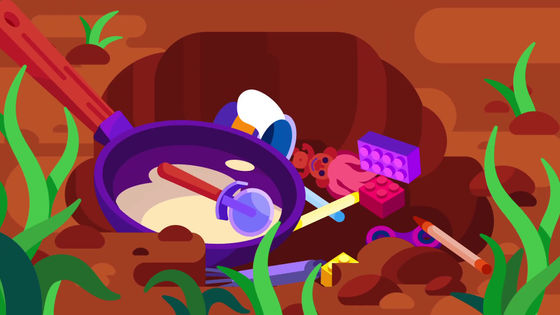
What modern archaeologists are doing is trying to capture 'what kind of person you were' from tools buried 12,000 years later.
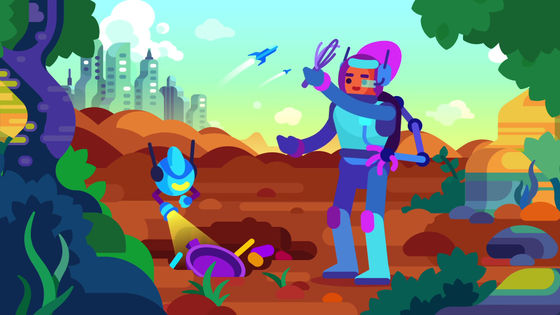
If we reach an era when humans have colonies on multiple planets, the population may explode and technology and living standards may reach unimaginable levels.

In such an era, the self-awareness of 'what kind of creature is a human being' may have changed. In an era of self-awareness, archaeologists have no choice but to learn the former human self-awareness from the junk you buried in the woods.
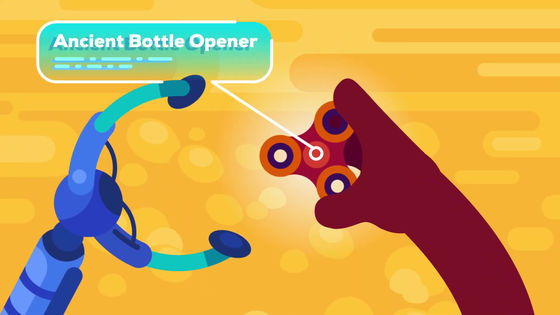
This is a problem that future archaeologists may have. However, modern archaeologists have similar problems.
Modern archaeologists are trying to reconstruct and unravel the 'revolution' that occurred 12,000 years ago.
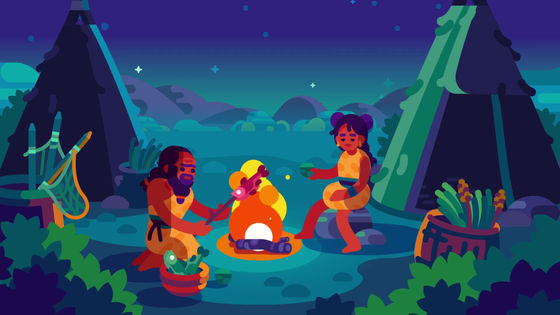
The only clue to unravel the mystery is the relics left by humankind in the distant past.
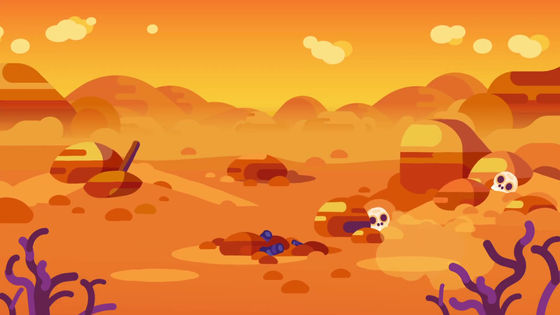
Nowadays, you can see people's activities with 4K quality images with colors and sounds.

However, the images three generations ago are black and white, and it is not possible to know the colors at that time. In the era before this, there was no image, and it can be said that only photographs or paintings reflect the appearance of the past.

And 500 years ago, because letterpress printing did not exist, the textual information was copied by hand, and the reliability of the information was low.

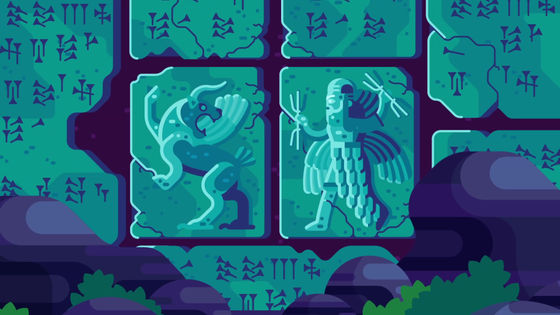
And the only thing that tells us about humankind, which is even more ancient than when the murals were left, is the fragments of the relics left in the soil. Over time, these relics have lost their original use.
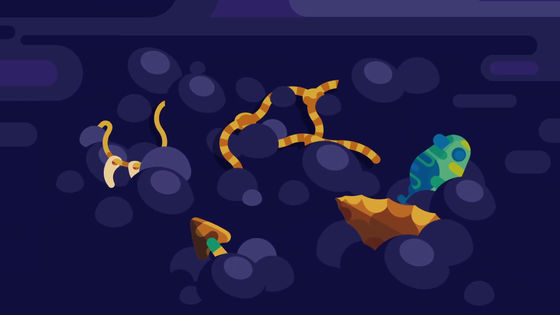
But still, there are some things that are known about ancient humans.

One thing that is known is that humans have had little change in their lives for about two million years, but some changes have begun to occur in about 20,000 years.
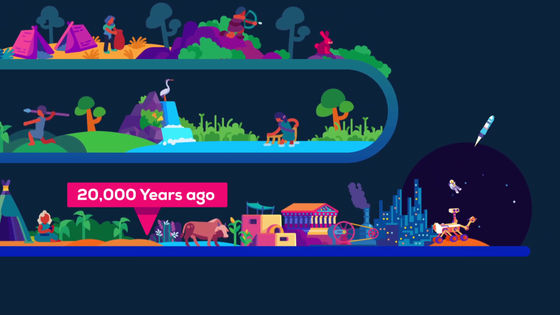
About 20,000 years ago, there were only about 1 million human beings in the world.
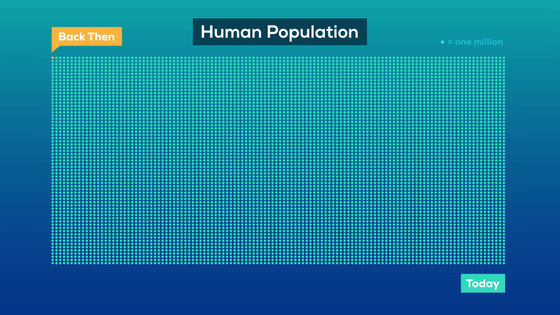
Prior to 20,000 years, the
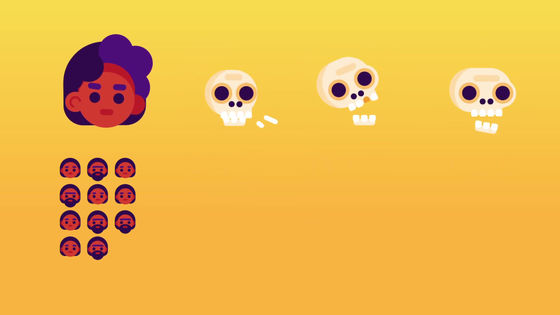
In addition to the intelligence to understand how to use tools, Homo sapiens had the social intelligence to understand each other, the language to explain abstract concepts, and the creativity to create new concepts.
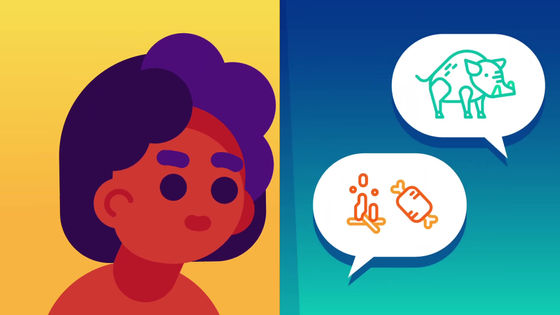
Homo sapiens is almost the same as human beings today. They experienced suffering and joy, were bored, cried, and laughed.

The lifestyle is a communal life of dozens of people. He used fire, tools made of wood, stone, and bones, told stories, mourned the dead, and engaged in artistic activities.
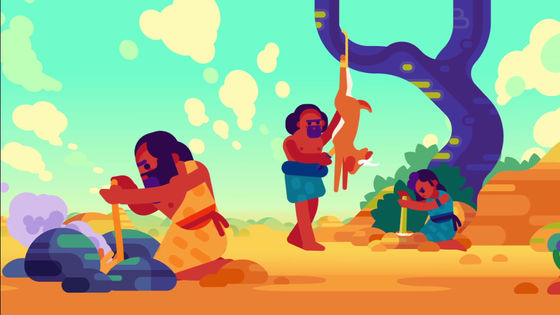
Furthermore, you can trade with other tribes using obsidian and shells ...

It is known that some tribes moved around to hunt large prey, collect plants, and fish.
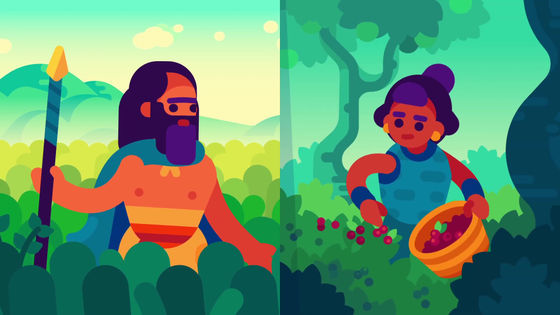
This way of life was almost unchanged before 20,000 years. However, slow changes occurred 20,000 years ago and gradually became rapid, reaching a level of 'revolution' 12,000 years ago.
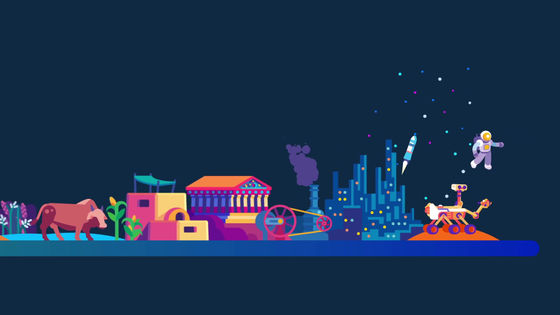
One piece of evidence of rapid change is the
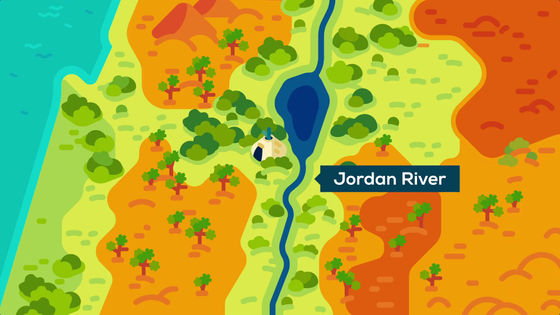
More than 20,000 years ago, humans who lived near the Jordan River realized that 'sowing wheat seeds on the ground will increase the yield for the next year.'
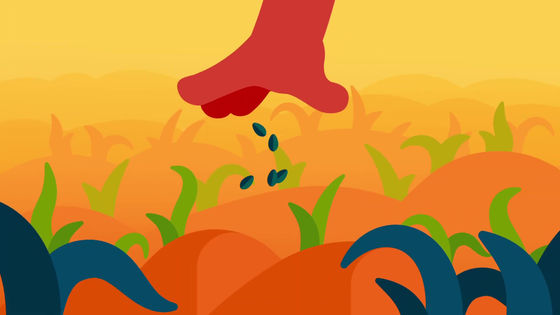
This discovery creates early farming, which is an excellent alternative to hunting and collecting.

Bread and beer are also born using the surplus wheat generated by this discovery.
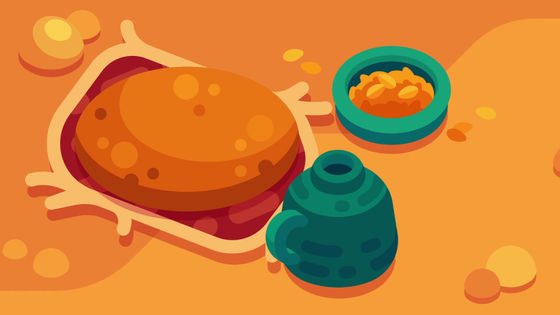
With each generation, knowledge about these animals and plants will be inherited, and human beings will operate animals and plants in a way that suits them. Mankind continued to inherit this knowledge very slowly.
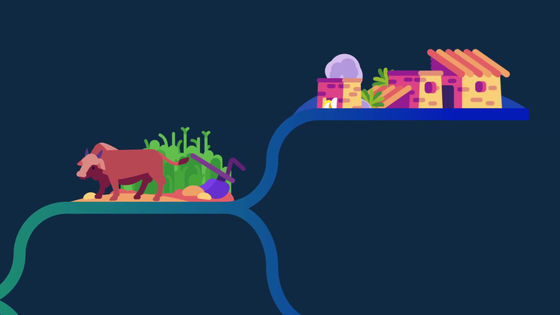
The impact of knowledge transfer was significant, and even early farming was able to significantly reduce the land area required for survival. This reduction in the land area required for survival has allowed humans to 'settle' in one area.
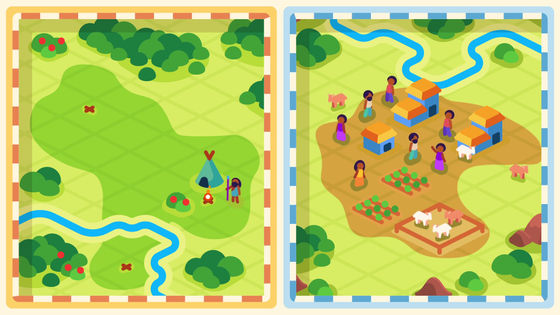
The accumulation of these small advances created a major 'revolution' about 12,000 years ago in the so-called

This event, called the 'Neolithic Revolution,' did not occur in just one day. As a result of the slow accumulation of knowledge over generations, it has led to a major change that can be called a revolution.
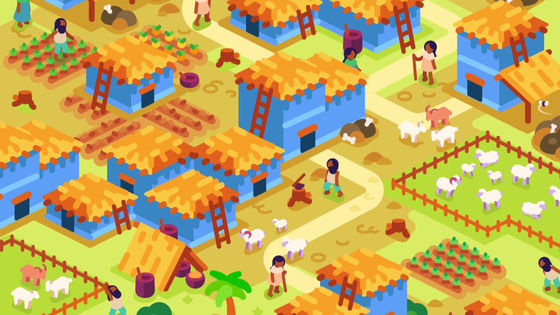
Over the thousands of years since the Neolithic Revolution, humankind has shifted its axis of life from hunting and gathering to farming, and the scale of the village has expanded.
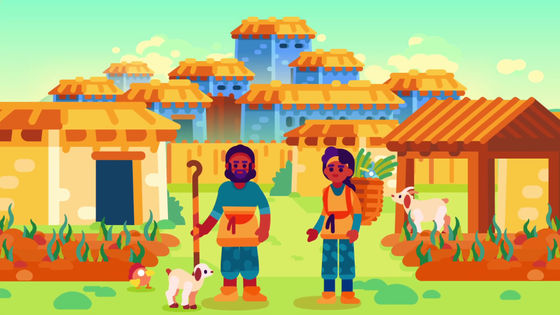
The transition to farming propagated every time an already farming population settled.
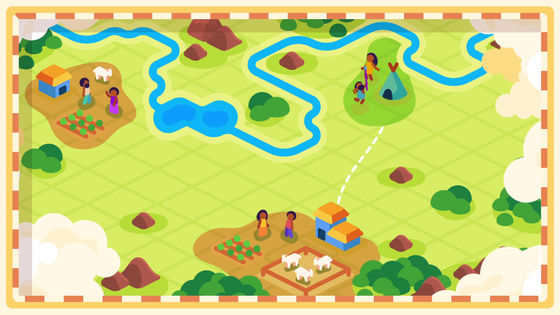
On the other hand, the transition to farming has also created problems. There were about 250 species of animals and plants that human beings ate during the hunting and gathering era, and their foods were diverse.

However, the shift to farming has dramatically reduced food diversity. There was also a shortage of certain nutrients.
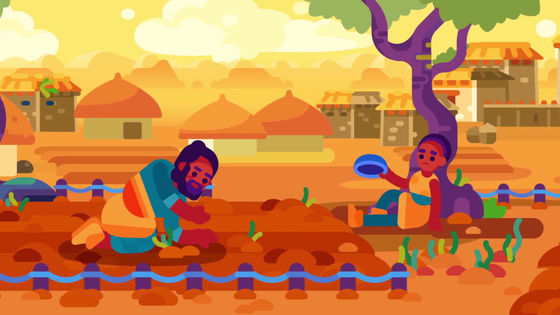
Living together with livestock has also become a hotbed for infectious diseases. Infectious diseases such as cholera, smallpox, measles, influenza, chickenpox, and malaria are all diseases that have occurred since the Neolithic Revolution.

As a result, mortality rates, especially infant mortality rates, have increased sharply.

However, the number of children that can be raised at one time has increased because farming has made it possible to settle down. Contrary to mortality, the population continued to grow.
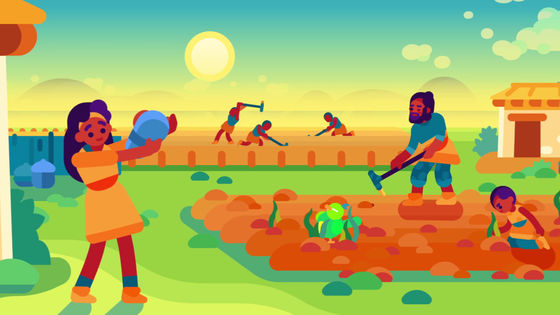
The world population was almost constant before the Holocene calendar, but has quadrupled since 2000.
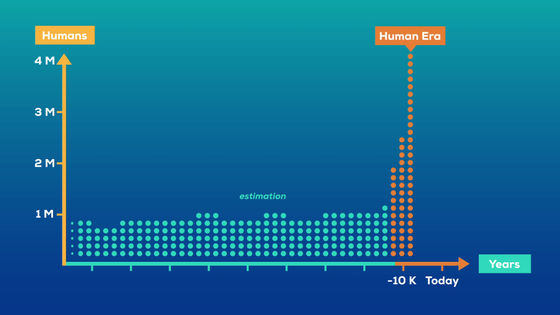
In response to this population explosion, food demand has increased. As a result, humankind has been unable to return to hunting and gathering, which produces low calories per area.

The question left is, 'Why did humans shift from hunting and gathering to farming?' In living in nature, food options were numerous, but as a result of subsequent agriculture, food options were lost.
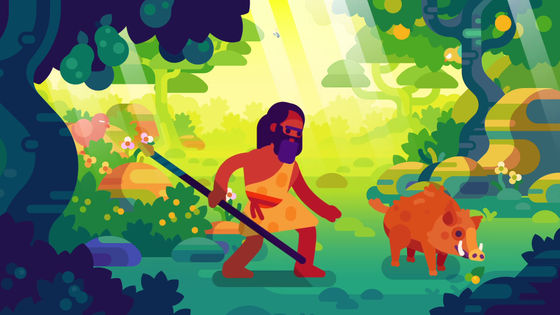
The answer to this question is uncertain. Some researchers attribute it to climate variability, while others attribute it to external factors such as undernourishment and overpopulation. But the most widely accepted idea is that 'the majority of humanity intentionally did so.'
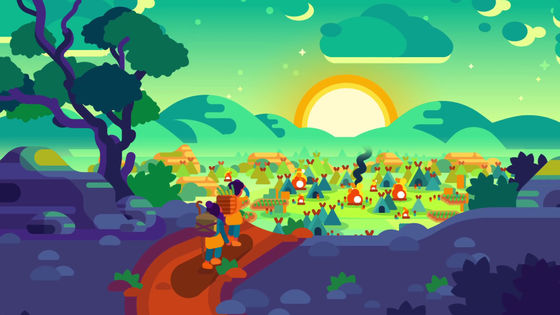
Perhaps they moved to farming to live together, foster a sense of companionship, talk to each other and exchange knowledge. Some folklore believe that hunter-gatherers traveled all the way to feasts and ceremonies. It is not unlikely that the sharing of knowledge that took place during banquets and ceremonies prompted the transition to farming.
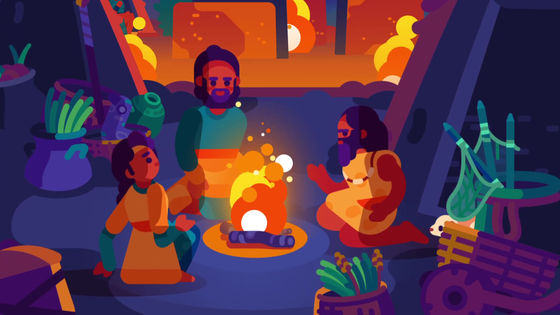
As a result of the shift to farming, humankind has come to live together, celebrate each other, and share things and knowledge.

The methods themselves have changed, but modern humans also live together, celebrate each other, and share things and knowledge.

Hopefully, 12,000 years later, humanity may also be grateful when we look back on human history and learn about us.
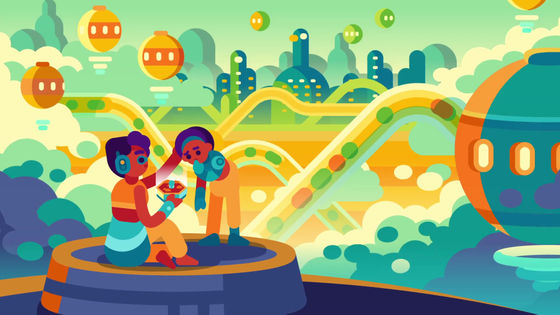
Related Posts:







